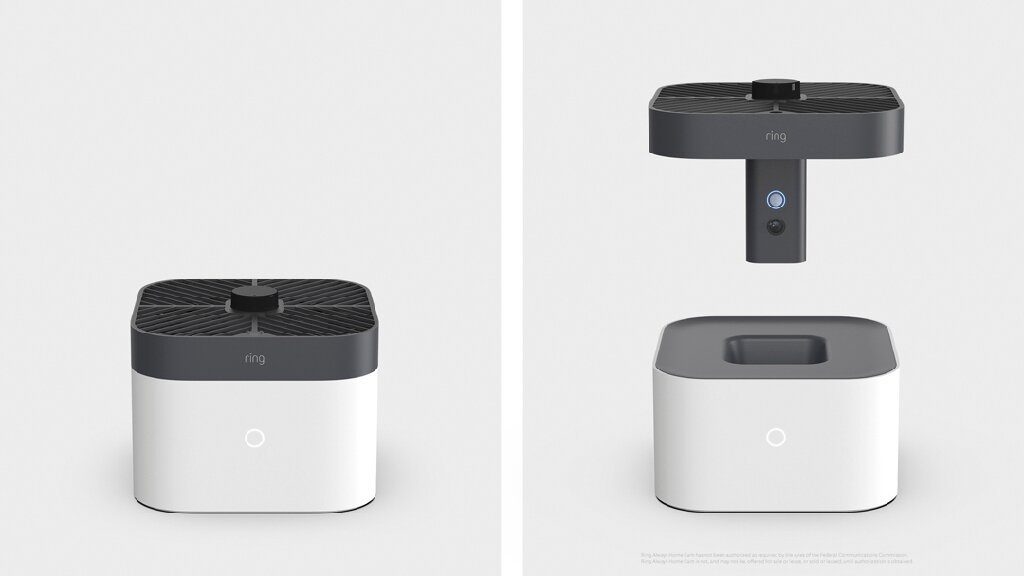Amazon has introduced a new product from Ring called the Always Home Cam, a drone including camera that is able to detect intruders when homeowners are away. The drone is autonomous and can also fly around the house to check if for instance windows are left open. The announcement of this product contributes to the ongoing debate about privacy concerns with regards to smart home devices.
More and more people are buying smart home devices. In 2020, almost 30% of the households are in possession of smart home devices according to Statista. It expects this number will increase to over 50% in the next four years. These smart home devices include products like Ring Doorbell, a doorbell that allows you to answer the door outside home, and Google Assistant, which is capable of answering your questions.
As mentioned above, there is debate going on about the potential issues regarding these smart home devices. One example is that smart speakers like Google Assistant are able to listen and collect data at undesired times. Recent research confirms this issue as 59% of the users of smart home devices experience privacy concerns with their devices. Other privacy issues relate to the ability to hack smart home devices. This problem occurred with the Philips Hue Smart Light Bulbs as it was discovered that hackers are capable of breaking into the owner’s Wi-Fi network without knowing the password.
The Always Home Cam started the debate again as many people expressed their privacy concerns with the product. One of this concern is about the increasing acceptance of everyday surveillance. It is becoming normal to have video surveillance around the house and this reduces the space left that is not being watched through cameras. Moreover, existing security cameras are pointing towards one point whereas the Always Home Cam is able to see anything in the house. This reduces the privacy even more.
Overall, I think that people should be aware of the privacy concerns related to these smart devices before buying it. Companies are already able to collect data through our smartphones and other device and I am wondering what the limit of this will be for people.
References:
View at Medium.com
https://www.ft.com/content/8eaf8ee5-b074-4d48-b4fa-15d35a185a5d
https://www.theverge.com/2020/9/25/21455197/amazon-ring-drone-home-security-surveillance-sidewalk-halo-privacy
https://www.theguardian.com/technology/2020/mar/08/how-to-stop-your-smart-home-spying-on-you-lightbulbs-doorbell-ring-google-assistant-alexa-privacy


